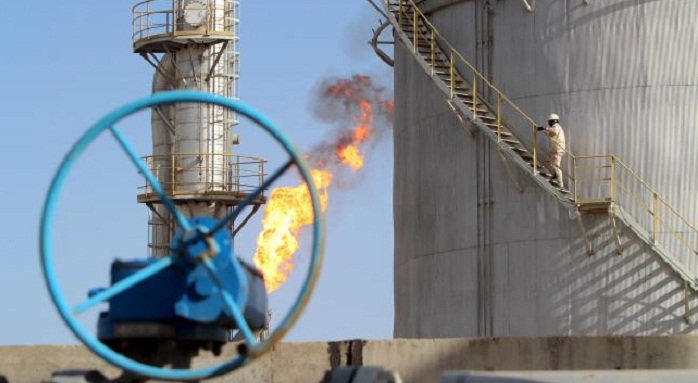Front-month Brent crude futures LCOc1 were at $72.40 per barrel at 0332 GMT on Monday, down 43 cents, or 0.6 percent from their last close.
U.S. West Texas Intermediate (WTI) crude futures CLc1 were down 46 cents, or 0.7 percent, at $62.68 a barrel.
Brent has lost more than 16 percent in value since early October, while WTI has declined by more than 18 percent since then, in part as hedge funds have cut their bullish wagers on crude to a one-year low by the end of October, data showed on Friday.
Prices came under pressure as it became clear that Washington was allowing several countries to continue importing crude from Iran despite the sanctions, which officially started on Monday.
The United States said on Friday it will temporarily allow eight importers to keep buying Iranian oil.
Washington has so far not named the eight, referred to as “jurisdictions”, a term that might include Taiwan which the United States does not regard as a country.
China, India, South Korea, Turkey, Italy, the United Arab Emirates and Japan have been the top importers of Iran’s oil, while Taiwan occasionally buys Iranian crude.
Japan said on Monday it was in close communication with the United States. While Chief Cabinet Secretary Yoshihide Suga declined to detail any potential sanction waivers, he said his government had asked Washington that sanctions should not have an adverse impact on Japanese companies.
Oil markets have been preparing for the sanctions for months.
“Iranian exports and production had been declining steadily...Iranian exports show a decline of more than 1 million barrels per day (bpd) as of October from May,” said Edward Bell of Emirates NBD bank.
On the demand side, Bell warned that consumption may be slowing due to an economic slowdown, as seen in a sharp drop in refining profits.
“Sagging refining margins at a time of weak crude prices sends a very telling message to us that demand is underperforming,” he said.
A slowdown in demand would come just as output is rising.
Joint output from the world’s top producers - Russia, the United States and Saudi Arabia - in October rose above 33 million bpd for the first time, up 10 million bpd since 2010.
These three countries alone meet more than a third of consumption.
In the Middle East, Abu Dhabi National Oil Company (ADNOC) plans to increase its oil production capacity to 4 million bpd by the end of 2020 and 5 million bpd by 2030, ADNOC said on Sunday, compared with current output of just over 3 million bpd.
More about: #oil















































